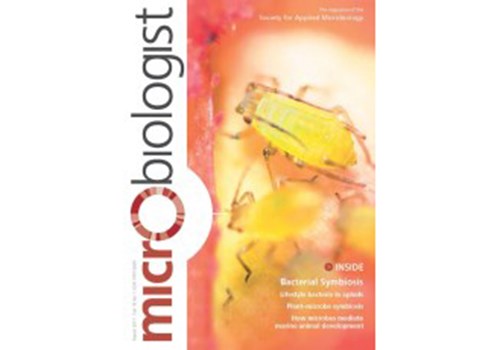3D cell culture models

Infectious disease presents a global challenge to human health. In recent years newly emerging viral infections have been well documented including wide-spread respiratory infections such as coronavirus and influenza virus, and international outbreaks such as Ebola virus and Zika virus. For many years the study of virus-human interactions has relied on the use of in vitro methods, specifically two-dimensional (2D) in vitro mono-culture of a single cell type, and animal models. In vitro conditions vary considerably from those in vivo and the mechanisms of infection for many pathogens are species specific; new and emerging viruses can be difficult to propagate, and appropriate animal models are limited.
Three-dimensional (3D) culture systems are used in many biological science disciplines including cell biology, immunology, tissue engineering and cancer and stem cell research. This technology can assist in the study of virus-host interactions in a setting which better represents in vivo physiological conditions; tissue-like constructs which are similar to their equivalents in vivo are present allowing for more in depth, accurate and relevant investigations to occur.
(please note that the above link is not compatible with Internet Explorer)
Related Links
